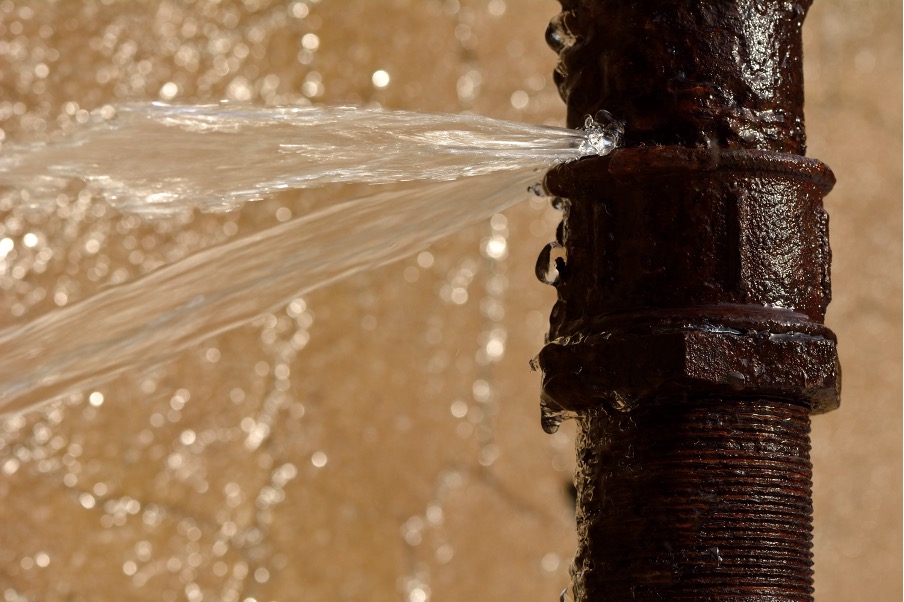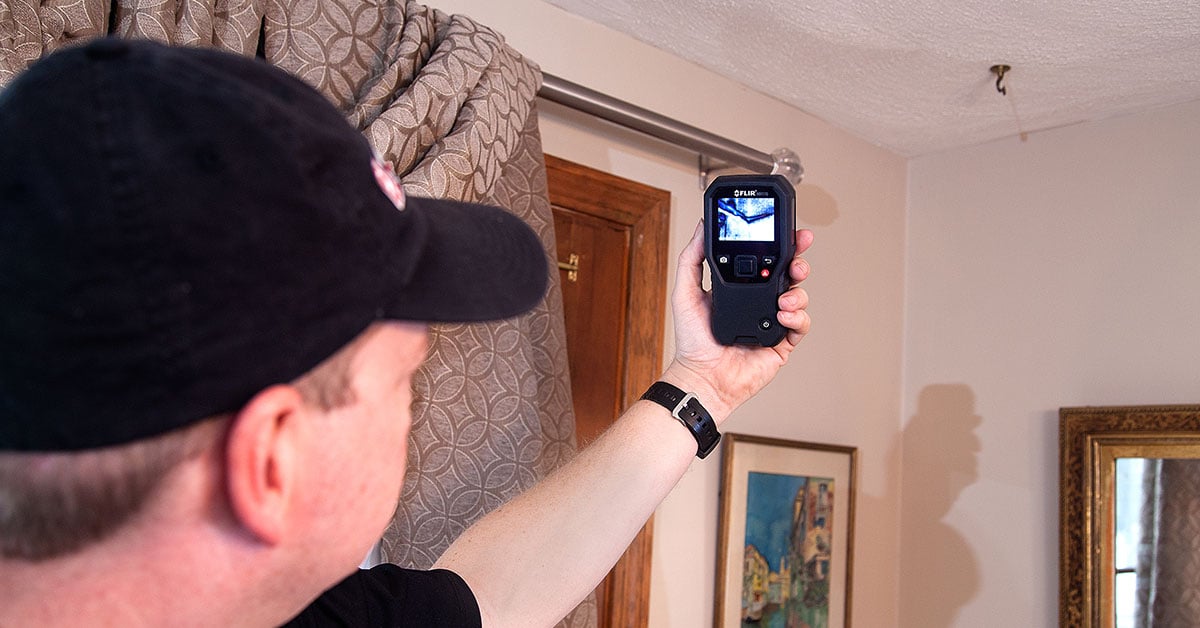Overview To Water Leak Detection In The House
Overview To Water Leak Detection In The House
Blog Article
We have encountered the article relating to Locating water leaks below on the net and concluded it made sense to talk about it with you in this article.

Early detection of dripping water lines can alleviate a potential disaster. In addition to saving you money, it will lessen the stress as well as aggravation. The minute you discover a leak, calling your plumber for repair services is the best remedy. Some tiny water leaks may not be noticeable. Below are some hacks that aid if you can not find it with your nude eyes.
1. Take A Look At the Water Meter
Every house has a water meter. Inspecting it is a surefire way that aids you discover leaks. For beginners, turn off all the water sources. Make certain no one will certainly purge, use the tap, shower, run the cleaning machine or dishwashing machine. From there, most likely to the meter and watch if it will certainly transform. Considering that no one is using it, there must be no activities. If it moves, that suggests a fast-moving leakage. If you find no adjustments, wait an hour or two and inspect back once again. This suggests you might have a slow leak that could even be below ground.
2. Inspect Water Usage
Examine your water costs and also track your water intake. As the one paying it, you need to see if there are any kind of discrepancies. If you find sudden changes, regardless of your usage being the same, it means that you have leaks in your plumbing system. Remember, your water costs need to drop under the very same array on a monthly basis. An abrupt spike in your costs suggests a fast-moving leak.
At the same time, a consistent boost monthly, even with the very same practices, shows you have a slow-moving leakage that's also gradually rising. Call a plumber to completely check your property, specifically if you feel a warm location on your floor with piping below.
3. Do a Food Coloring Test
When it comes to water intake, 30% comes from toilets. If the shade in some way infiltrates your bowl throughout that time without flushing, there's a leak between the container and also bowl.
4. Asses Exterior Lines
Don't neglect to examine your outdoor water lines too. Ought to water leak out of the link, you have a loosened rubber gasket. One little leakage can throw away loads of water as well as surge your water expense.
5. Check and also Assess the Scenario
Homeowners ought to make it a practice to inspect under the sink counters as well as even inside cabinets for any bad odor or mold development. These 2 warnings suggest a leak so prompt focus is called for. Doing regular examinations, also bi-annually, can save you from a major problem.
Check for stainings and damaging as most pipelines and home appliances have a life span. If you suspect leaking water lines in your plumbing system, do not wait for it to intensify.
Early discovery of leaking water lines can minimize a potential catastrophe. Some small water leakages may not be noticeable. Checking it is a guaranteed means that helps you find leaks. One small leakage can waste lots of water and also spike your water bill.
If you presume dripping water lines in your plumbing system, don't wait for it to intensify.
WARNING SIGNS OF WATER LEAKAGE BEHIND THE WALL
PERSISTENT MUSTY ODORS
As water slowly drips from a leaky pipe inside the wall, flooring and sheetrock stay damp and develop an odor similar to wet cardboard. It generates a musty smell that can help you find hidden leaks.
MOLD IN UNUSUAL AREAS
Mold usually grows in wet areas like kitchens, baths and laundry rooms. If you spot the stuff on walls or baseboards in other rooms of the house, it’s a good indicator of undetected water leaks.
STAINS THAT GROW
When mold thrives around a leaky pipe, it sometimes takes hold on the inside surface of the affected wall. A growing stain on otherwise clean sheetrock is often your sign of a hidden plumbing problem.
PEELING OR BUBBLING WALLPAPER / PAINT
This clue is easy to miss in rooms that don’t get much use. When you see wallpaper separating along seams or paint bubbling or flaking off the wall, blame sheetrock that stays wet because of an undetected leak.
BUCKLED CEILINGS AND STAINED FLOORS
If ceilings or floors in bathrooms, kitchens or laundry areas develop structural problems, don’t rule out constant damp inside the walls. Wet sheetrock can affect adjacent framing, flooring and ceilings.
https://www.servicemasterbyzaba.com/blog/how-to-detect-water-leakage-in-walls/

As a fervent reader on Hacks to detect leaks, I was thinking sharing that excerpt was really useful. Do you know somebody else who is excited by the topic? Take a moment to share it. Thank you for your time. Visit again soon.
Report this page